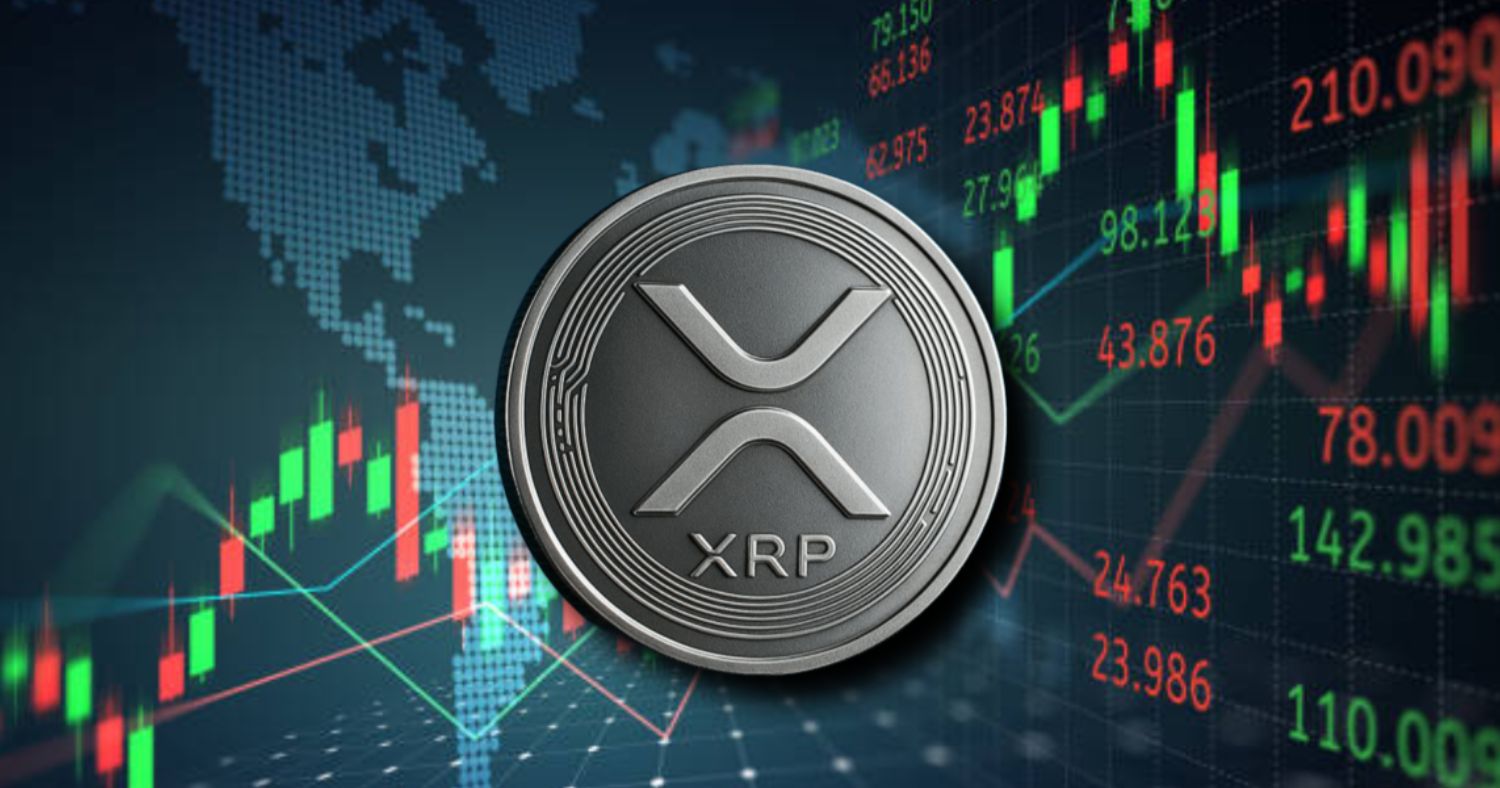XRP has ignited market-wide debate following one of the most dramatic liquidation cascades seen in the crypto derivatives space this year. The tokens price and open interest metrics, critical barometers for risk and leverage, have undergone a rapid unwind, reshaping the short-term landscape for traders and institutions alike.
Over the past week, XRP’s open interest—a measure of the total value locked in outstanding derivatives contracts—fell precipitously from nearly $3 billion to about $1.8 billion. Binance, leading global derivatives exchange, was at the epicenter: its open interest nosedived from a high of $1.3 billion to $825 million. With half of all market OI now sitting on Binance, this reflects both concentrated risk and immense clearing as forced liquidations swept through the order books.
The catalyst: a decisive break below XRP’s crucial $2.75 support, unleashed on October 10. The market, already flush with leveraged bets after weeks of optimism, triggered a cascade of stop-losses and margin calls as price volatility rocketed. In the storm, XRP’s price wicked down to as low as $1.07 before snapping back to close near $2.37. The sheer length and velocity of this move—the so-called “long tail” of the daily candle—underscores the magnitude of positions expunged in a matter of hours.
This event, described by some analysts as a Black Swan moment, eliminated excessive leverage from the market, reducing systemic risk that had quietly mounted amid bullish speculation. Yet the aftermath is a structurally compromised orderbook: $2.75, formerly a bastion of support, is now a formidable resistance level that traders must contend with. Short-term sentiment has shifted to caution, with open interest sitting at multi-month lows even as trading volumes remain elevated.
Looking forward, the technical roadmap for XRP is decisively altered. A sustained recovery will demand not only a reclaim of prior price levels but also a rebuilding of healthy, risk-weighted leverage. Traders and institutional participants will be parsing the data for signs of stabilization or renewed volatility, as the aftershocks of this liquidation event reverberate through the broader digital asset ecosystem.
Disclaimer: This article is provided for informational purposes only and does not constitute financial advice. Investors should always conduct their own thorough research and consult with a qualified financial advisor before making any investment decisions in cryptocurrencies, which are highly volatile and speculative assets.
You might be interested in





